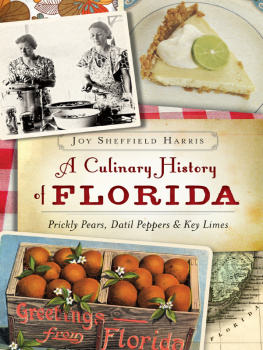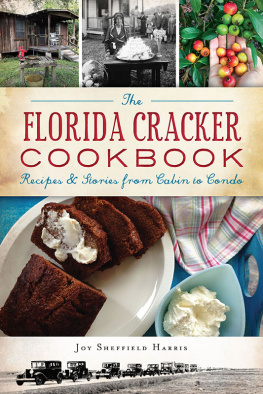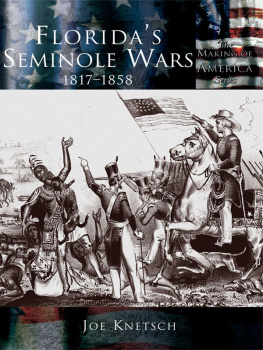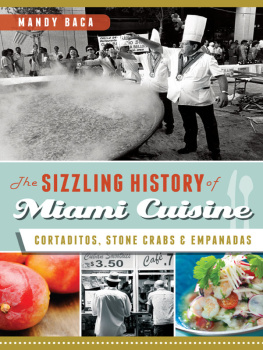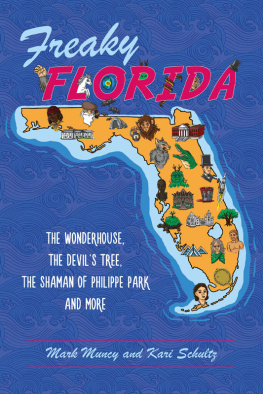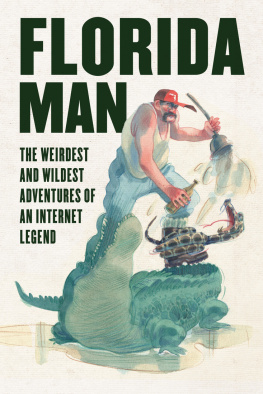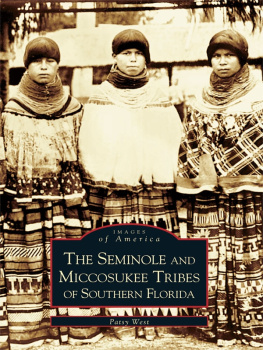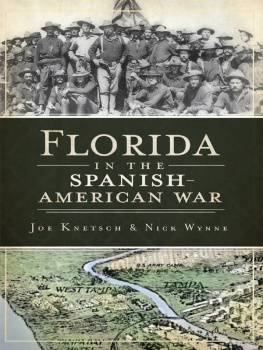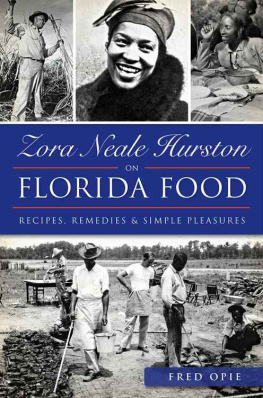
Published by American Palate
A Division of The History Press
Charleston, SC 29403
www.historypress.net
Copyright 2014 by Joy Sheffield Harris
All rights reserved
Cover: Key lime pie photographed by Joy Sheffield Harris. All other photographs courtesy of the State of Florida Memory Archives.
First published 2014
e-book edition 2014
ISBN 978.1.62585.187.1
Library of Congress Cataloging-in-Publication Data
Harris, Joy Sheffield.
A culinary history of Florida : prickly pears, datil peppers and key limes / Joy Sheffield Harris.
pages cm
Includes bibliographical references and index.
print edition ISBN 978-1-62619-657-5 (paperback)
1. Food habits--Florida--History. 2. Food--Social aspects--Florida--History. 3. Cooking--Florida--History. 4. Cooking, American--Southern style. 5. Florida--Social life and customs. I. Title.
GT2853.U5H37 2014
394.1209759--dc23
2014032501
Notice: The information in this book is true and complete to the best of our knowledge. It is offered without guarantee on the part of the author or The History Press. The author and The History Press disclaim all liability in connection with the use of this book.
All photographs courtesy of the State of Florida Memory Archives unless otherwise noted. All rights reserved. No part of this book may be reproduced or transmitted in any form whatsoever without prior written permission from the publisher except in the case of brief quotations embodied in critical articles and reviews.
Contents
Acknowledgements
Thank you to the following people and places for their encouragement, inspiration and knowledge and to God for creating the Sunshine State and all its natural resources.
My husband, Jack, and our son, Jackson
My parents, Mary and Floyd Sheffield
Pat and Carolyn Sheffield
Dennis and Laurelyn Sheffield
Lisa Tamargo, for tasting and testing recipes
Rick and Ellen Nafe
Charles and LeAnn Knight
Marlene Forand
Cassie Jacoby
Joyce LaFray
Alyssa Pierce
Laura Reiley, Tampa Bay Times
Jeff Houck, Tampa Tribune
Thom Stork and Casey Coy, Florida Aquarium
Steve Koski and Dr. John Gifford, Little Salt Spring
Chris and Jr. Leitner, Swamp Cabbage Festival
Al and Patsy Berry, Plant City Strawberry Festival
The Gilberts, Creek Indian Trading Post, Panama City
Marcia McQuaig, Minorcan Datil Pepper Products
Ed and Beverly Pivacek, Putnam Lodge
Eric and Dee Hinshaw, Chalet Suzanne
Richard Bogey and Debbie Crosby, Floridas Natural Grove House
Dan Pirao, Bizarro Comics
Andrew T. Huse, for his Cuban sandwich demonstration
Preston Bozeman, Arthur Robinson and Paul Evans, for their flow of honey and other details
Kathy Burnham, for her boiled peanuts
For sharing their school cafeteria memories: Kenn, Crook, Marja, Kathy, Connie, Cindy, Slim, Sharon, David, Ruth, Luanne and Beverly
Southern Food Blogger friends: Jackie, Nicki, Virginia, Jessica, Pam, Lana, Caroline and Andi
Janet Keeler and #CookClub friends at the Tampa Bay Times
True Florida Cracker Facebook friends
Mimi Reid Hardman, Historic Lake Wales Society
Tami Lee-Lanigan, Mission San Luis, Tallahassee
Sally Shifke, Henry B. Plant Museum, Tampa
Floridas First Cooks
The Sunshine State emerged from the sea as a group of islands, still submerged when dinosaurs roamed the nearby lands. It grew into a landmass twice its present size before developing into the recognizable peninsula that is Florida. Todays boundaries will be used to describe the unique culinary metamorphosis that took place in what was to become the Sunshine State. Full of rich natural resources and bountiful waters, Floridas landscape grew as tectonic plates shifted, making it the last geographical portion of the United States to fully develop. The much later discovery of La Florida by European explorers makes it the oldest settled land in the country. A shoreline extending more than fifty miles into the Gulf of Mexico, with temperatures below thirty degrees, was discovered by early inhabitants as they crossed a land bridge that existed where the Bering Sea is today. They migrated southeast and finally reached the Sunshine State, over twelve thousand years ago. The ice age ushered in the ancestors of Native Americans; these Paleoindians traveled in clans searching for food, bringing with them stone-age implements and the knowledge needed to hunt, gather and cook.
Following the food trail of large game, these nomadic hunters left their footprints on the Bering Strait as the ice age thawed and water submerged the pathway between the Americas and Asia. Coordinated activities with the animal kingdom were essential for survival, as the domestication of animals and agriculture were not yet practiced. Short-term camps were set up at kill sites for butchering and preparing meats for immediate consumption and storage for later use. Some of the largest animals known to man made up their diet: saber-toothed cats weighing up to six hundred pounds, ground sloths twenty feet long, giant land tortoises and huge armadillos, along with mastodons and woolly mammoths. Bison, deer, llama and prehistoric wild horses were also a part of their diet, along with seeds, gourds and nuts, as determined by the interpretation of paleonutritionists.

Prehistoric man traveled in clans to hunt game with spears, as shown in this photograph of a drawing dated 1874.
Florida became wetter and warmer as big game began to disappear and the peninsula took shape. By then, these prehistoric people began to rely on smaller game and aquatic resources for survival. The sharing of food kept the clans together. Minimal and multipurpose cooking utensilscrafted of wood, bones, gourds, shells and stonesevolved along with the cooking process. Sticks and bones were used for stirring and holding foods over or near the fire; gourds and shells for carrying liquids; and larger stones for pounding meats and cracking bones. Flat stones were heated in and around the fire, and foods were cooked on the resulting hot surfaces.
Paleoindian sites, which submerged along the Inner Continental Shelf of the Gulf of Mexico and other areas (such as rivers, creeks, springs and sinkholes), are now home to thousands of artifacts. Harney Flats, in Hillsborough County, and Little Salt Spring, in Sarasota County, have yielded evidence that the once savannah-like areas were home to our most ancient ancestors, with multi-level artifacts from different eras serving as indicators revealing that others followed for thousands of years. These sites show that Paleoindians ate different seasonal diets in order to obtain adequate nutritional sustenance. Archaeological records reveal what the aboriginals ate and drank and how they caught, collected and prepared their foods. Zooarchaeologists and archaeobotanists help determine which natural resources were available and in which season they were utilized. Determining what aboriginals ate is easier than knowing how they prepared their meals.
Paleoindians settled near the mouths of rivers. Today, fossilized American mastodon remains provide information at some of these former watering holes: the Santa Fe River, Ichetucknee River, Aucilla River and Wacissa River, as well as Wakulla Springs, which at one time was only a dry cavern with a pocket of fresh water. The enormous size of these animals is more fully appreciated when you encounter their reconstructed skeletons at museums across Florida. Killing these large animals was a group effort, as was the cooking and preserving of the meat and skins. The meat had to be preserved because of the difficulty of acquiring food, and a variety of methods were later developed in order to secure a food supply year-round.
Next page
